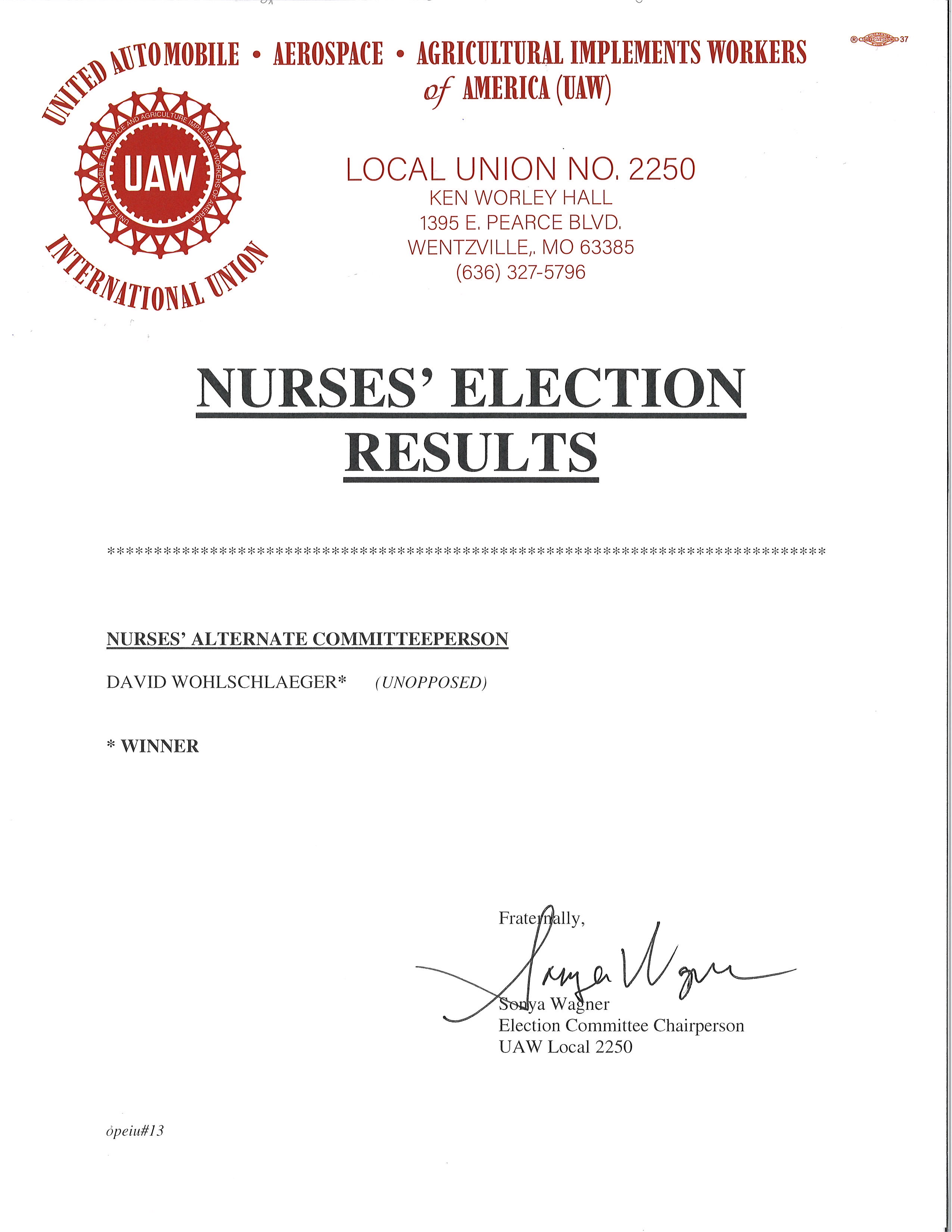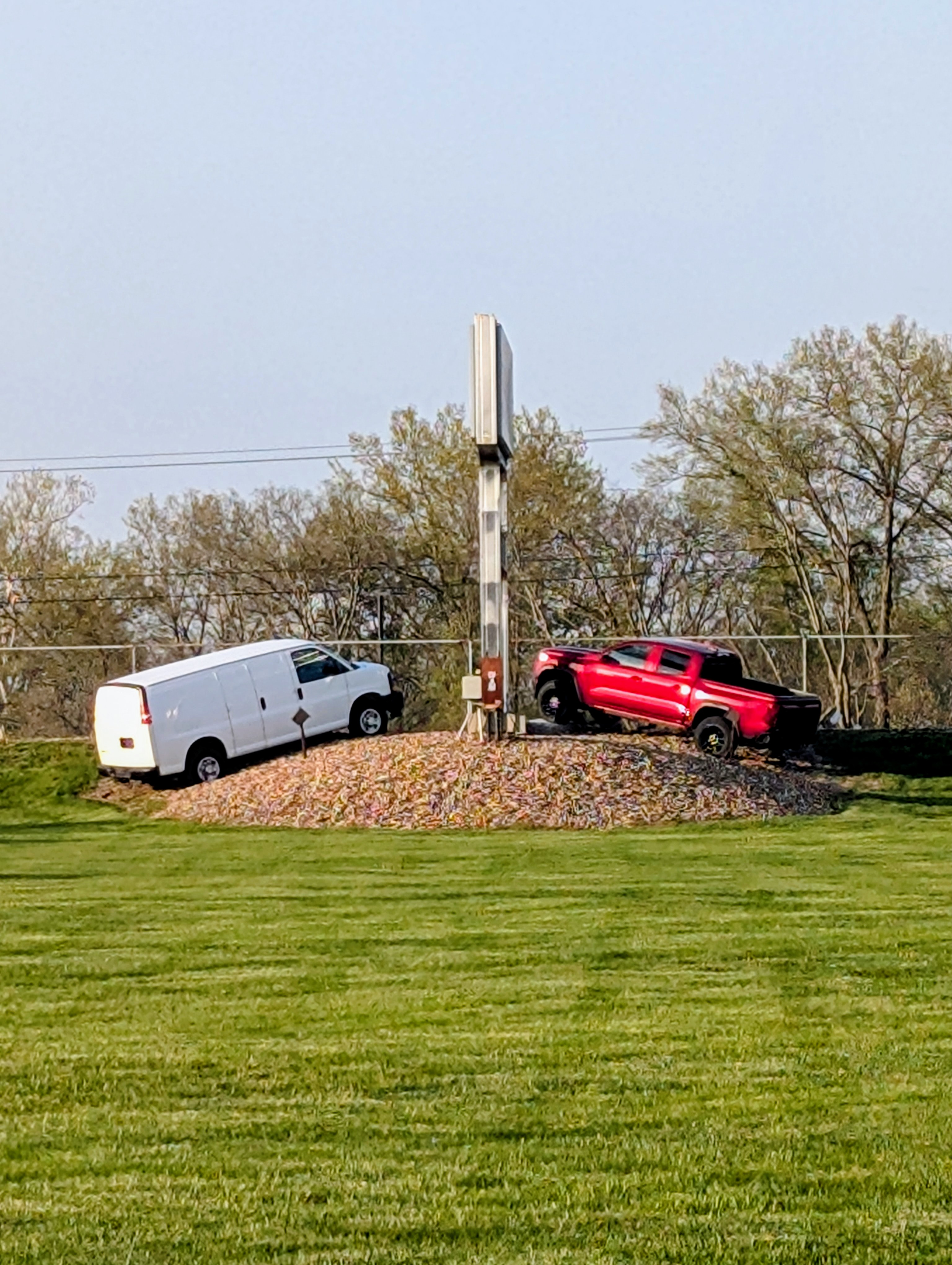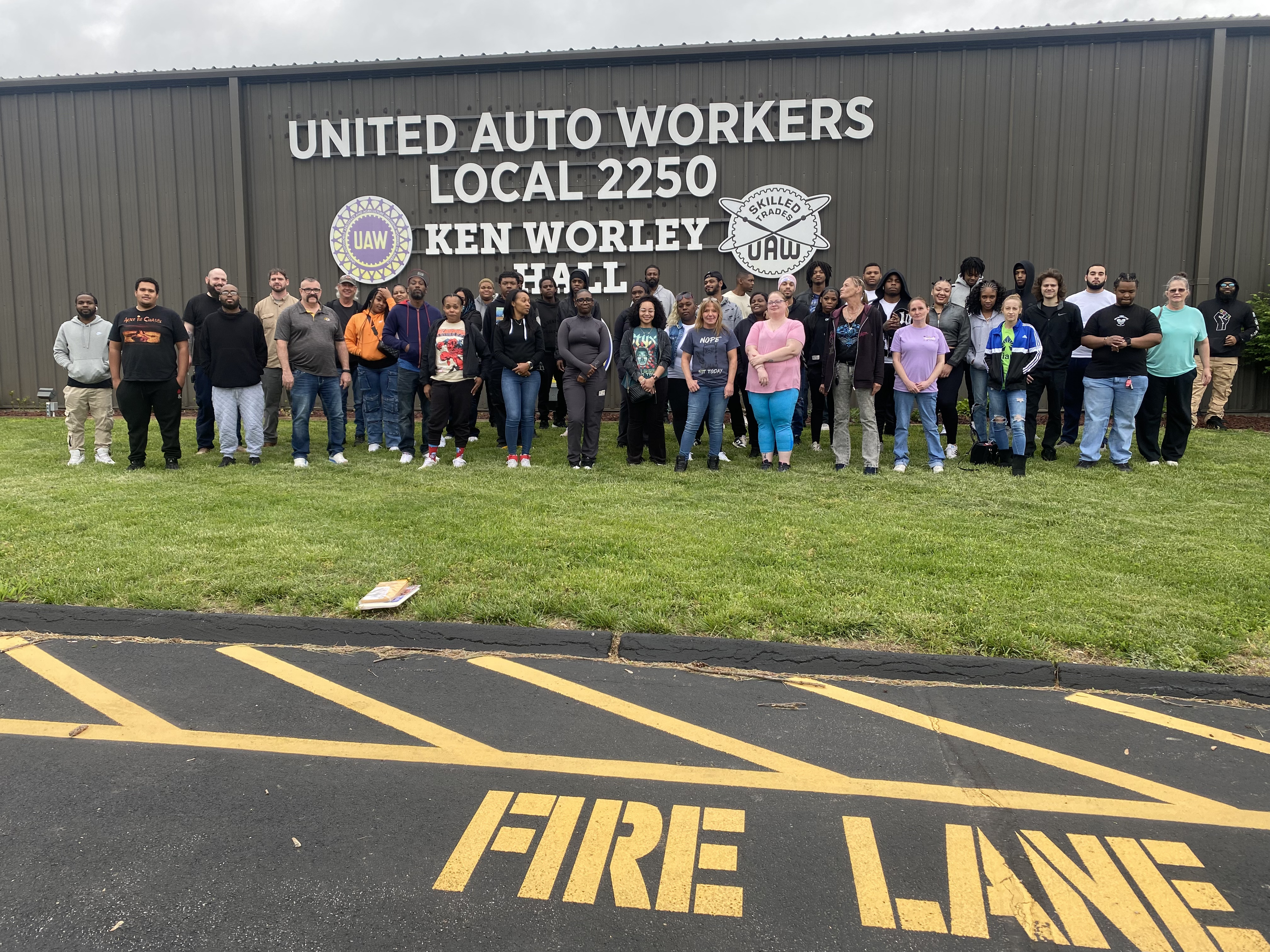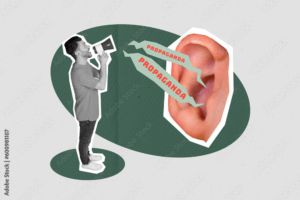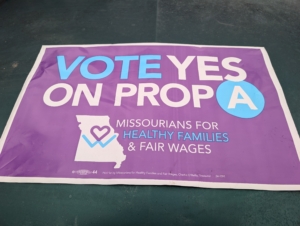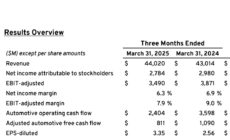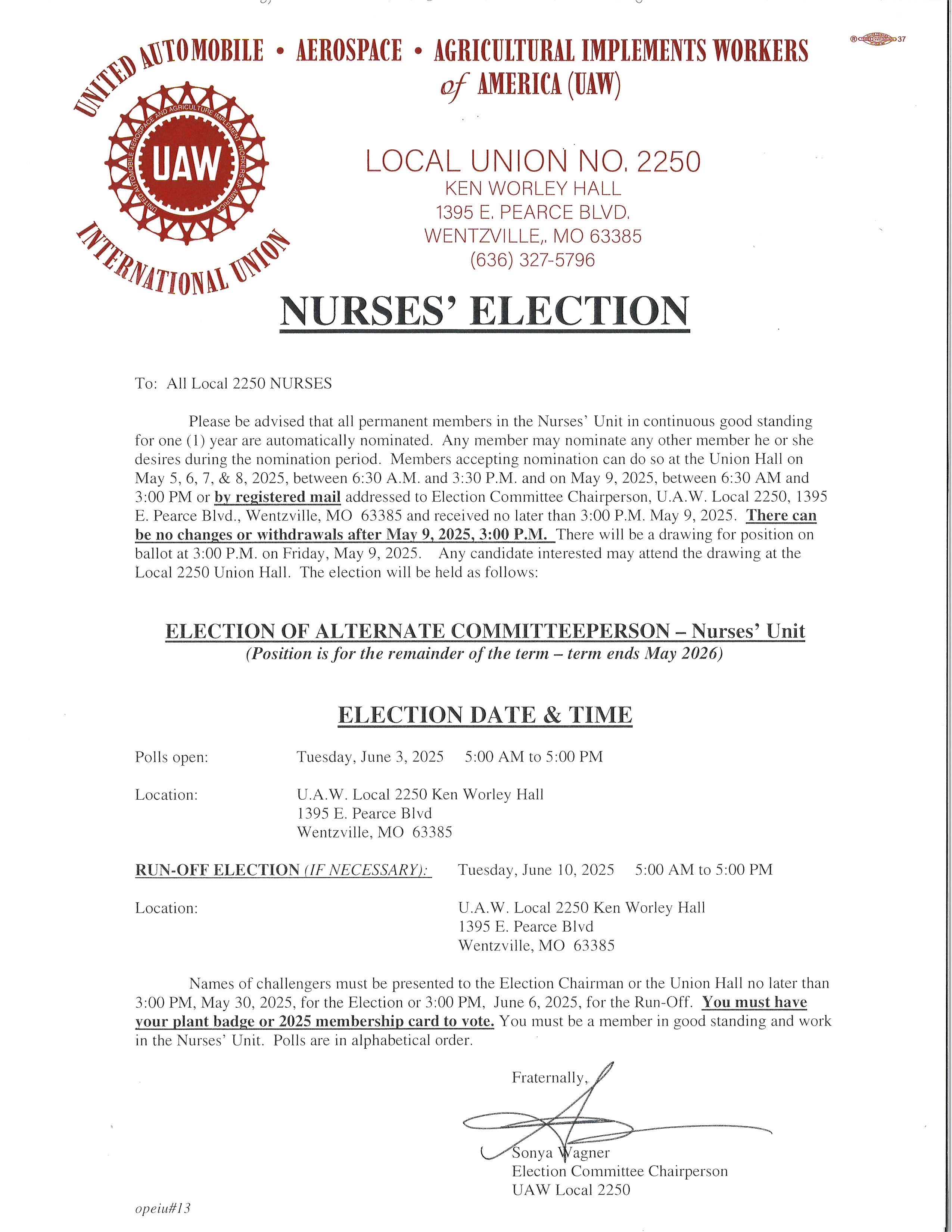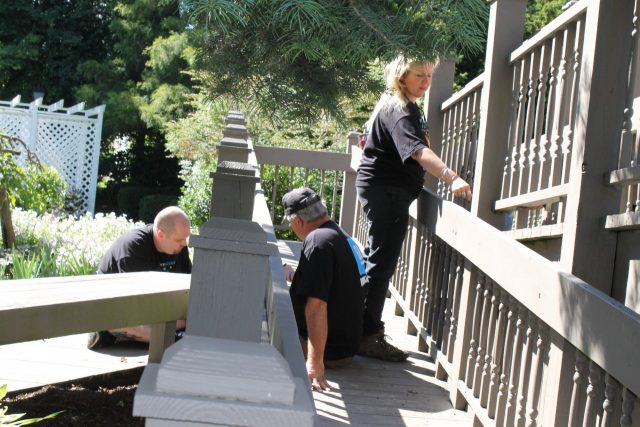-
A New Pope (From America): More Support For Worker Rights! - 1 day ago
-
Nurses’ Election Notice: Congratulations Dave! - May 9, 2025
-
Please Say Hello To The 11 New Members Of Local 2250! - May 8, 2025
-
Point/Counterpoint: Should The Van Be Updated? - May 8, 2025
-
Your Newsline: Money Matters, New Members, Paid Leave Law - May 8, 2025
-
The Weekly Missouri Labor Report - May 5, 2025
-
Sunday Point/Counterpoint: Buying American - May 4, 2025
-
Say Hello to 51 new UAW Local 2250 members! - April 30, 2025
-
R4 Director Campbell and AD DeSpain Talk Tariffs, Politics, and More - April 30, 2025
-
Paid Leave: The Courts Stand With Voters, Will Republican Senators? - April 30, 2025
St. Louis Is At The Center Of UAW History
In These Times looks back at UAW history in Before Shawn Fain, There Was Jerry Tucker. This artoc;e contains excerpts from others wtitten in the early 90’s when New Directions was the reform movement within the UAW. One of these segments is below….
Fighting back: Jerry Tucker, now 53, began his UAW career as an hourly worker at the GM Assembly in St. Louis. Holding a variety of local union offices, he was appointed by Walter Reuther to the UAW international staff in 1970. By the late 70s, he was the UAW’s Washington legislative coordinator. In 1980, he returned to the St. Louis district to become a service representative and assistant regional director in UAW Region 5.
In that capacity, Tucker drew notice for initiating a series of innovative workplace strategies that enabled rank-and-file workers successfully to challenge concessionary contracts without having to strike. The linchpin of Tucker’s strategies was “working to rule,” in which workers performed their jobs just as their work manuals and job descriptions prescribed them to be carried out rather than utilizing the shortcuts workers naturally develop on the shop floor.
Jerry Tucker was eventually elected Director of UAW Region 5. His term was short-lived for reasons detailed in this article. This is a must-read if you are interested in UAW history and how we got to where we are today.
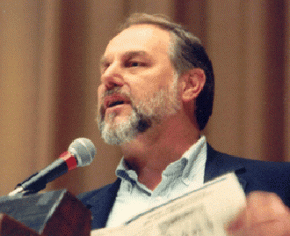
(Graphic via UAWD)


